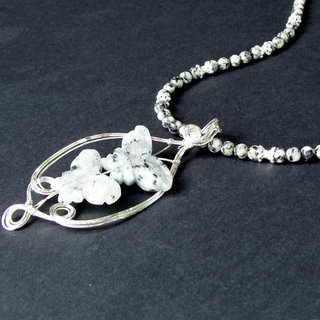There are 2 types of Jade - nephrite(soft) and jadeite(hard). Nephrite is the more common jade (cheaper and more prevalent). To tell the difference between the two, all you have to do is to get a specific gravity measurement, that is a ratio between how much the stone weighs in air versus in water. Jadeite is 3.33 and Nephrite is 2.95.
Many inexpensive jade pieces are made from poor quality stone that may have been dyed or color-enhanced to look more appealing. Others are not made from jade at all, but from synthetic resin that have been colored to look like jade. There are all kinds of ways to tell whether a jade is real or fake. Here are some:
- Go to a jeweler and get it appraised. Even better if you know or used the jeweler in the past because you can trust the person.
- Another way is to hit a pawn shop and tell you want to hit a few bucks. They have testing of gems to tell whether the gems are genuine or fake.
- Hold the stone in your hand. If it feels cool, it is real.
- Observe the texture of the material. If there is a fracture, the texture should be splintery and rough. If it shows fairly smooth flat surfaces and "faults" (cleavage planes), you may have another type of green stone, for example Amazonite. If it is polished, does it look like it has a "dimpled" skin? Can you see tiny veining on the surface? If it is translucent, does the material look slightly fibrous? Jadeite tends to have brighter hues and a shinier polish than nephrite, which is more muted in color and subdued in luster.
These are just some ways you can try to find out whether your jade is real. The gem laboratory will definitely give you the correct and accurate results.




